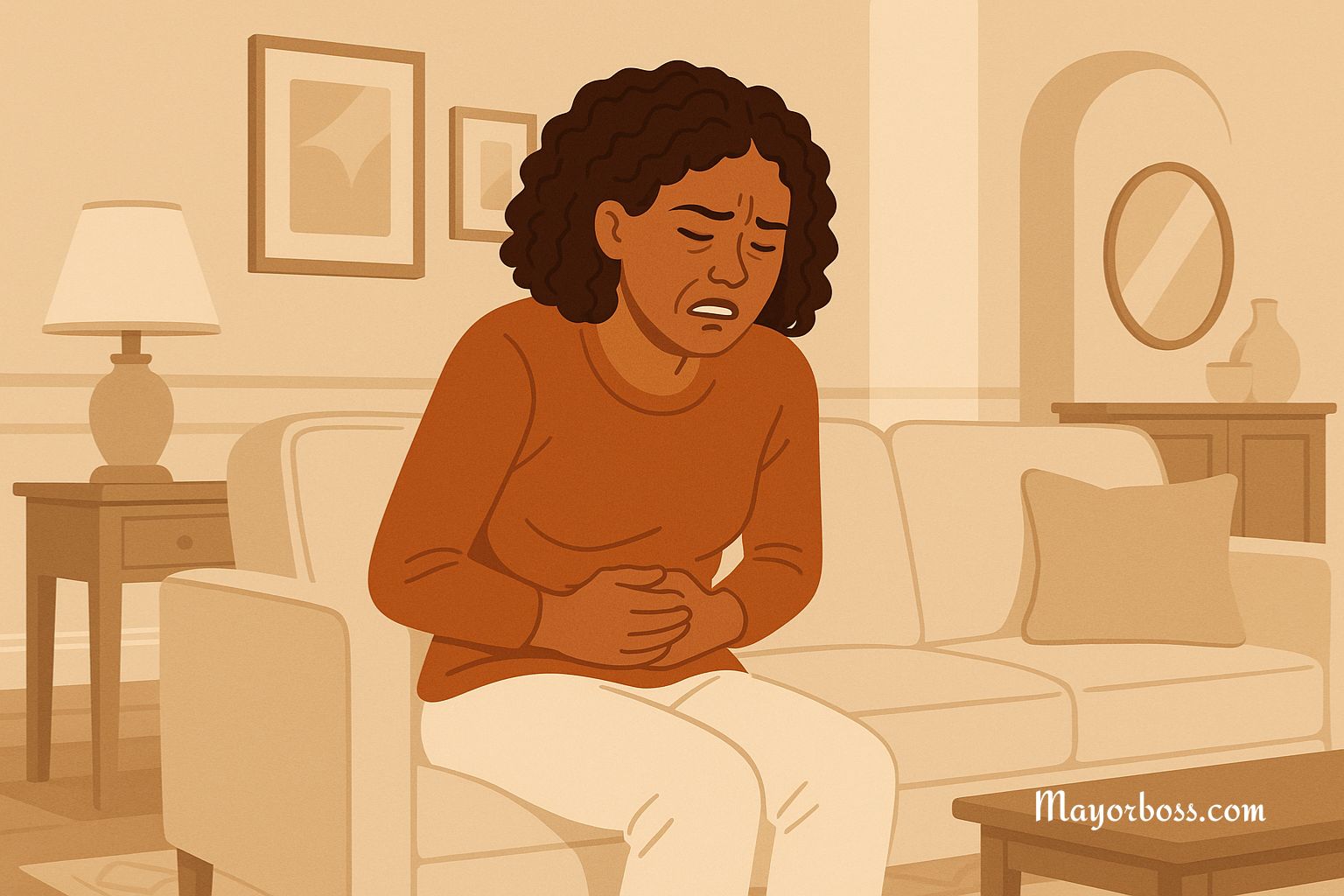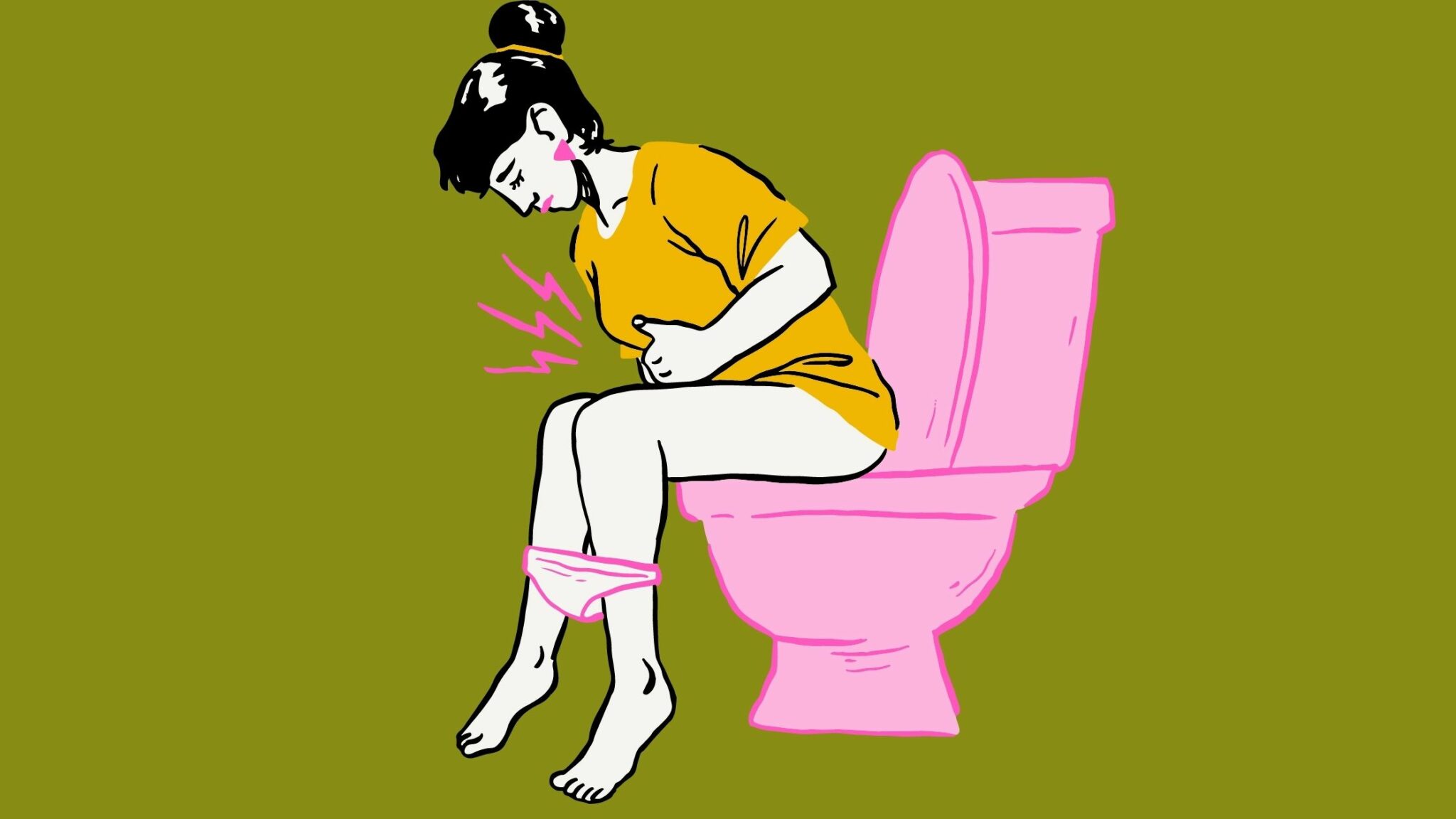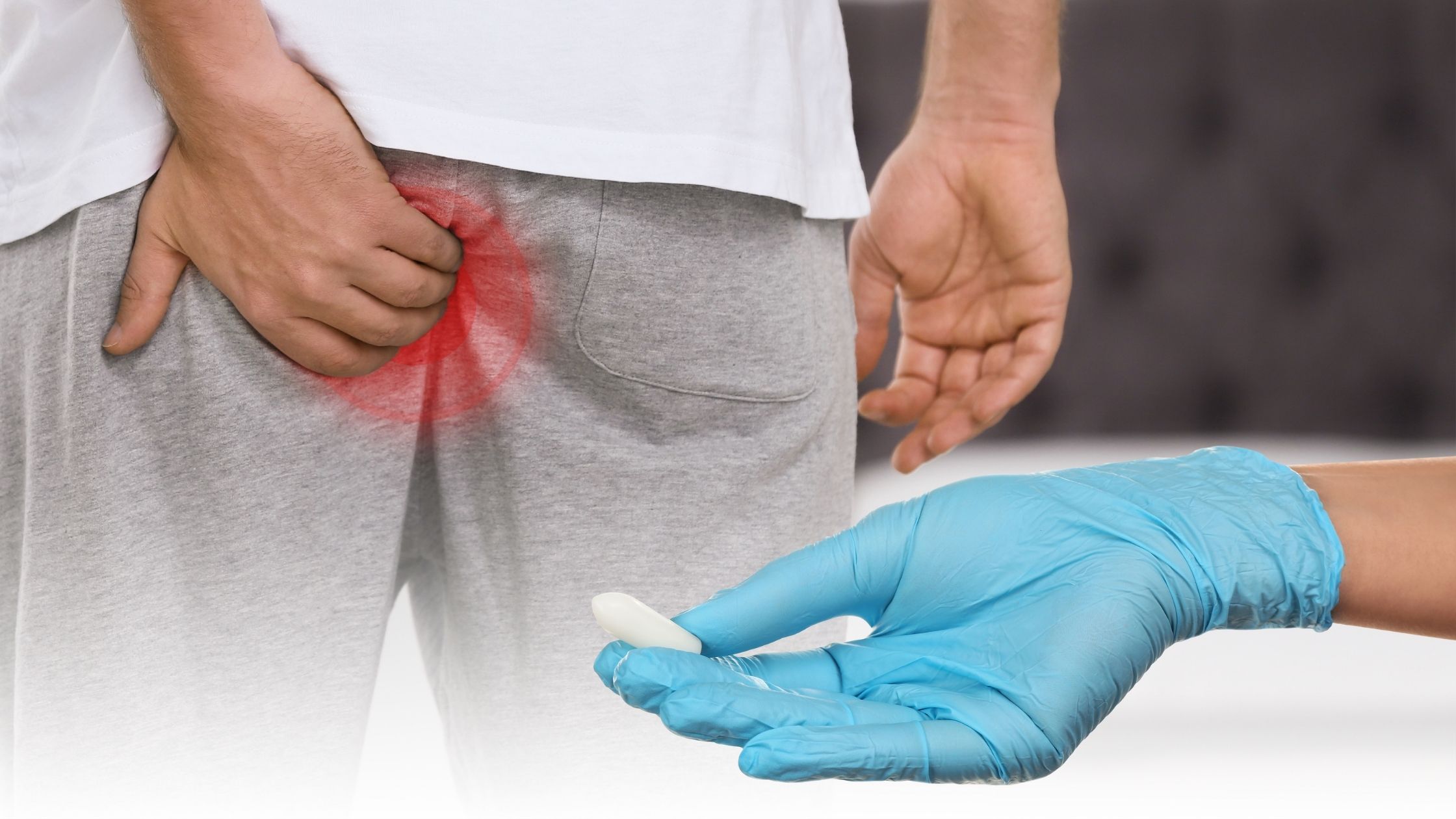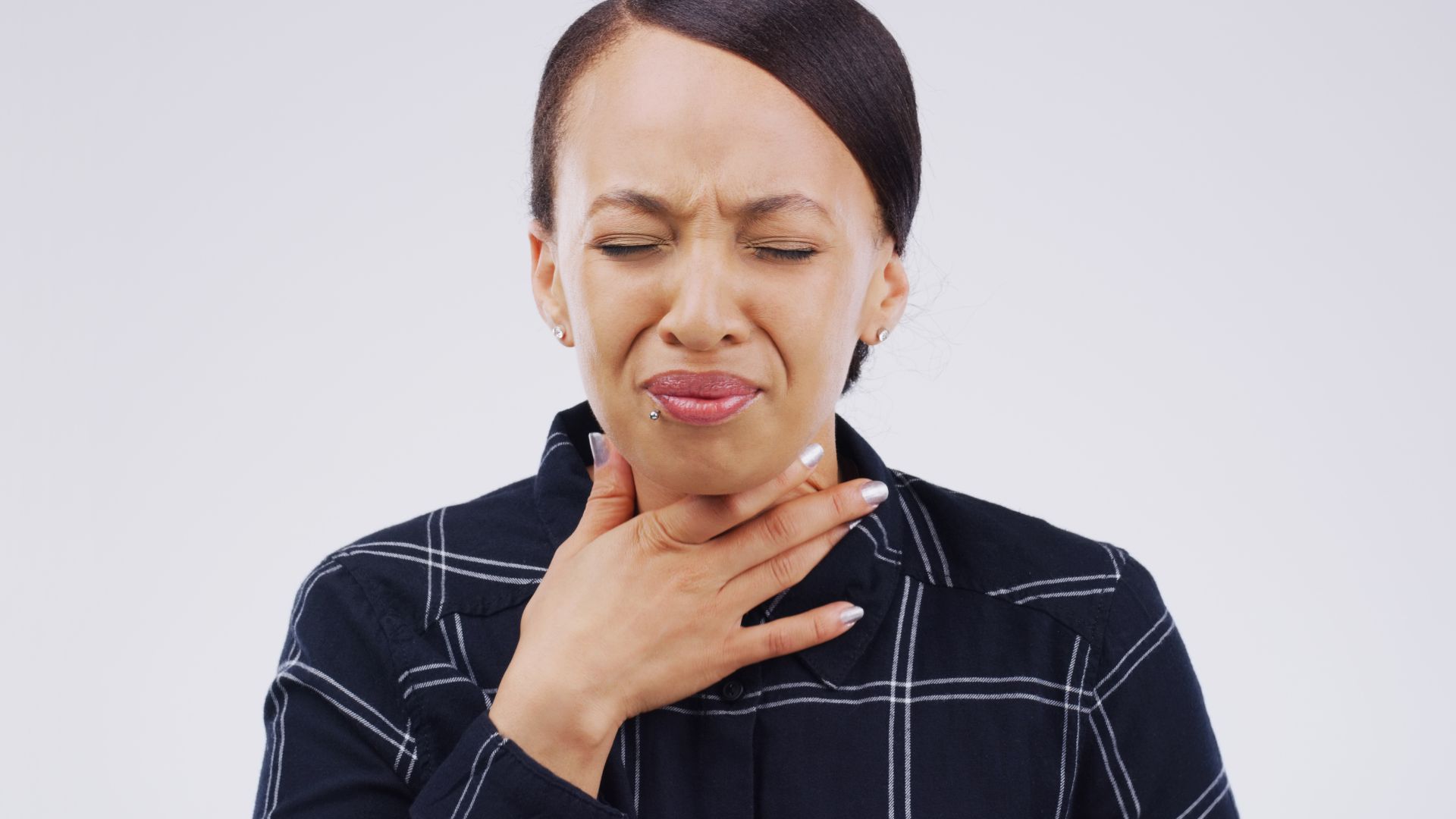7 of The Most Common Digestive Diseases
The seven digestive problems people visit doctors for most often are acid reflux (GERD), irritable bowel syndrome (IBS), inflammatory bowel disease (IBD), peptic ulcer disease, gallstones, celiac disease, and diverticular disease.

Your digestive system turns food into the nutrients and energy that keep you alive. When any part of this complex tube—from mouth to anus—stops working smoothly, the rest of your body soon feels it.
According to the National Institute of Diabetes and Digestive and Kidney Diseases (NIDDK), 60 to 70 million individuals are affected by digestive diseases. Recognizing these common disorders early helps you seek treatment before lasting harm sets in.
1. Acid Reflux (Gastroesophageal Reflux Disease)
Acid reflux happens when acidic stomach contents wash backward into the esophagus and irritate its lining. Typical symptoms of acid reflux include burning chest pain after meals, a sour taste in the throat, chronic cough, or hoarseness.
Left untreated, the irritation can scar the esophagus or raise your chance for Barrett’s esophagus—a precancerous change.
Lifestyle steps form the first line of defense: eat smaller meals, stay upright for two hours after eating, shed extra weight, and limit trigger foods such as fried items, coffee, alcohol, and chocolate. When lifestyle changes fall short, proton‑pump inhibitors (PPIs) or H2 blockers calm acid production and protect tissue.
2. Irritable Bowel Syndrome
IBS is a functional gut disorder, meaning the bowel looks normal on tests yet behaves erratically. Cramping, bloating, and bouts of diarrhea or constipation often swing back and forth.
Doctors do not know one single cause, but stress, certain foods, hormonal shifts, and disturbances in the gut‑brain axis contribute.
Symptom tracking guides care. A low‑FODMAP eating plan (low in fermentable carbs) brings relief for many. Regular exercise, stress‑reduction techniques like deep breathing, and fiber supplements help smooth bowel movements. When pain or diarrhea dominate, antispasmodic or antidiarrheal medicines can be added.
3. Inflammatory Bowel Disease
IBD is an umbrella term for Crohn’s disease and ulcerative colitis. Unlike IBS, IBD involves immune‑driven inflammation that can erode the digestive tract. Warning signs of Inflammatory bowel disease include persistent diarrhea, bloody stools, abdominal pain, weight loss, fatigue, and sometimes fever.
Doctors confirm the diagnosis through colonoscopy, imaging, and blood work. Treatment aims to calm the immune attack and prevent flare‑ups.
First‑choice medications include aminosalicylates and corticosteroids; for moderate to severe illness, biologic drugs that block specific inflammatory pathways or small‑molecule inhibitors keep the disease silent. Surgery may be required if scarring or severe inflammation narrows or punctures the bowel.
4. Peptic Ulcer Disease
Peptic ulcers are open sores in the stomach or the first part of the small intestine (duodenum). Most develop after infection with Helicobacter pylori bacteria or long‑term use of nonsteroidal anti‑inflammatory drugs (NSAIDs) such as ibuprofen.
Peptic ulcers symptoms are burning or gnawing pain in the upper abdomen, especially when the stomach is empty, along with nausea and dark, tarry stools if bleeding has begun.
Diagnosis relies on endoscopy or testing for H. pylori. If the bacterium is found, a short course of antibiotics coupled with acid‑suppressing medicine closes the sore and prevents recurrence. People who need daily NSAIDs may also receive a protective drug called misoprostol or switch to acetaminophen when possible.
5. Gallstones
Gallstones form when bile inside the gallbladder hardens into pebble‑like material. Some stones remain silent for years; others block the duct and spark intense pain in the right upper abdomen, back, or shoulder. Nausea, vomiting, and jaundice can follow a blockage.
Ultrasound confirms their presence. A single severe attack, frequent mild attacks, or complications such as gallbladder inflammation usually lead to surgical removal of the gallbladder (cholecystectomy). The body can still digest fat after surgery because the liver continues to produce bile, which now flows directly into the intestine.
6. Celiac Disease
Celiac disease is an autoimmune reaction to gluten, a protein in wheat, barley, and rye. Even crumbs can trigger the immune system to attack and flatten the tiny villi that absorb nutrients in the small intestine.
Classic symptoms of celiac disease include chronic diarrhea, bloating, foul‑smelling stools, and weight loss, yet many adults show subtler signs like anemia, bone pain, or rash.
Blood tests for specific antibodies, followed by a confirming intestinal biopsy, provide the diagnosis. The only treatment is a strict, lifelong gluten‑free diet. Thankfully, food labeling laws and growing product availability make adherence more practical than ever.
7. Diverticular Disease
Diverticula are small pouches that bulge out from weak spots in the colon wall. Most remain harmless. Typically, trouble begins when a pouch becomes inflamed (diverticulitis), leading to sharp lower‑left abdominal pain, fever, and altered bowel habits.
A high‑fiber diet keeps stool soft and lowers pressure in the colon, reducing the chance that new pouches will form or become inflamed. During mild attacks, oral antibiotics and clear liquids usually suffice; severe cases may need intravenous antibiotics or surgery to remove the affected segment.
When to Seek Medical Care
Any ongoing abdominal pain, unexpected weight loss, bloody stool, persistent vomiting, or trouble swallowing warrants prompt evaluation. Early diagnosis not only eases discomfort but also prevents complications such as bleeding ulcers, strictures, and cancerous changes.
Practical Tips for a Healthier Gut
- Eat more plants. Fruits, vegetables, legumes, and whole grains supply fiber that keeps digestion moving.
- Stay hydrated. Water softens stool and supports nutrient absorption.
- Move daily. Regular physical activity stimulates intestinal muscles.
- Manage stress. Mind‑body practices—yoga, meditation, even a short walk—calm the gut‑brain connection.
- Limit irritants. Cut back on excessive alcohol, highly processed meats, and deep‑fried foods.
Frequently Asked Questions
Q1. Can stress alone cause digestive diseases?
Chronic stress does not create ulcers or IBD, yet it can worsen existing symptoms and trigger IBS flare‑ups. Relaxation training often improves comfort.
Q2. Do probiotics help with all seven conditions?
Certain probiotic strains aid IBS and may prevent C. difficile infections after antibiotics, but they have limited proof for ulcers, gallstones, or diverticular disease. Discuss choices with your doctor.
Q3. Is heartburn the same as GERD?
Heartburn is a symptom. GERD is a persistent condition behind frequent heartburn, plus other issues like cough or hoarseness.
Q4. How much fiber should I eat to prevent diverticulitis?
Aim for at least 25 grams per day for women and 38 grams for men. Increase slowly to avoid gas and bloating.
Q5. Can children have celiac disease or IBD?
Yes. Both conditions affect people of all ages. Early evaluation in children with chronic diarrhea, poor growth, or unexplained anemia is essential.






